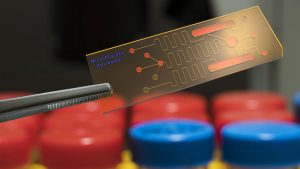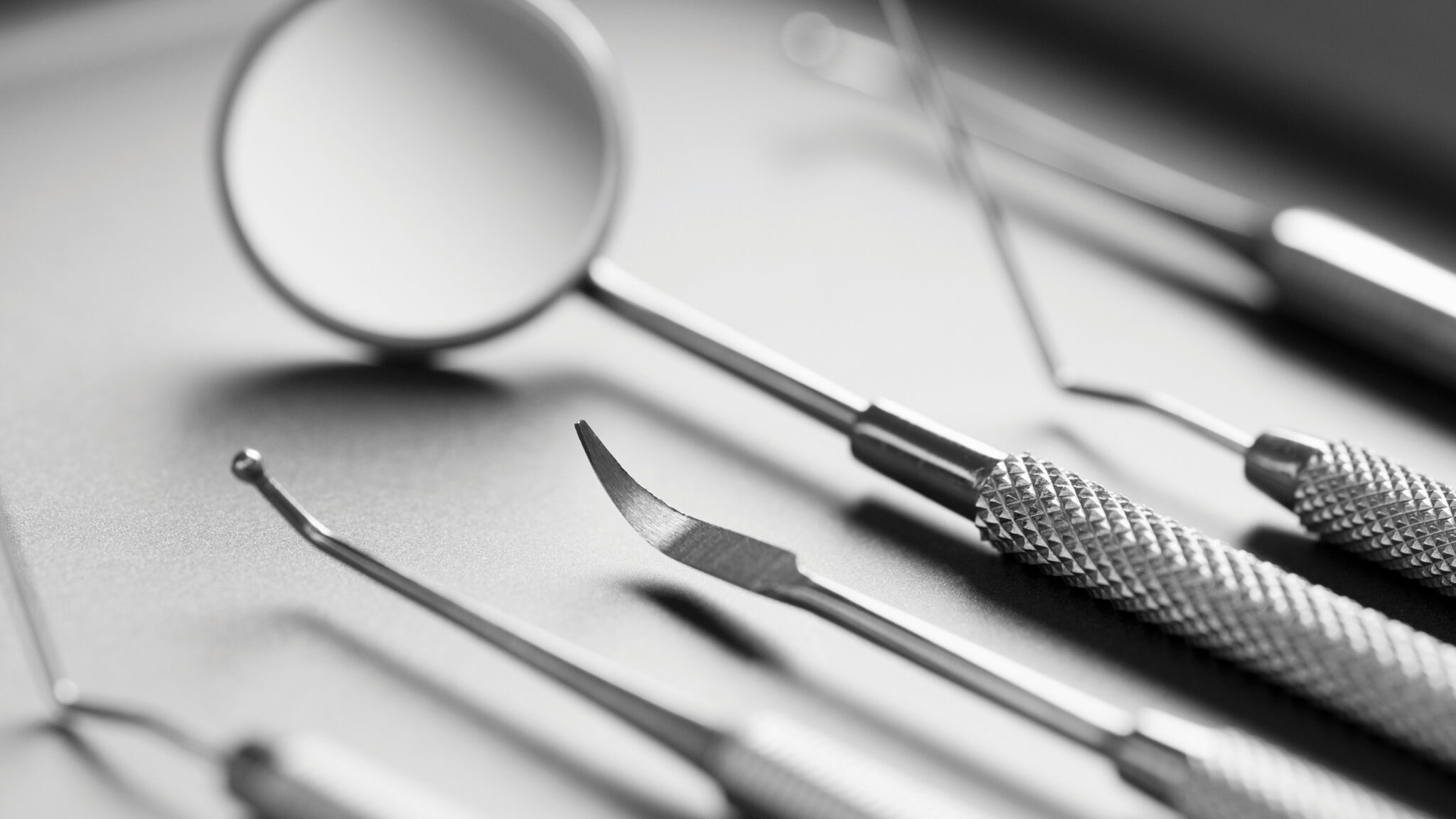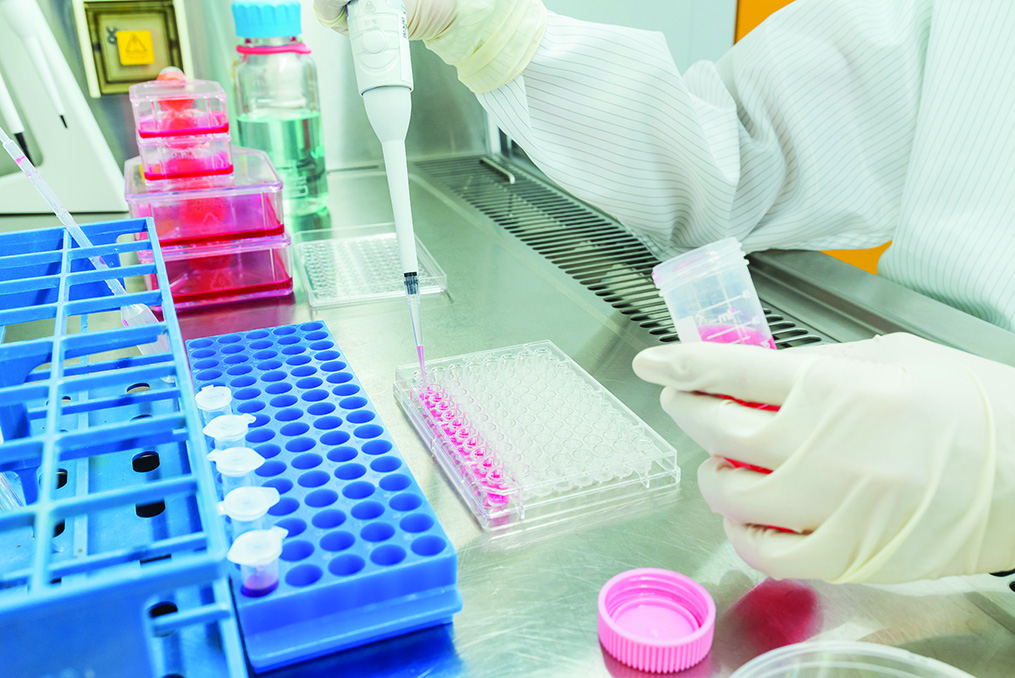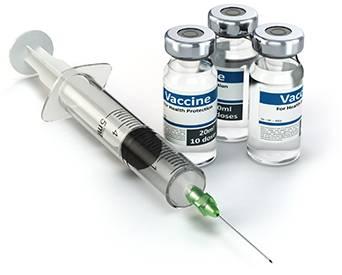
The biosensor market refers to the market for devices that use biological components, such as enzymes, antibodies, or cells, to detect and measure various analytes. This market is growing rapidly, driven by several factors, including:
- Increasing demand for rapid and portable diagnostic devices: Biosensors offer a rapid and convenient way to perform medical diagnostics, especially in resource-limited settings.
- Growing prevalence of chronic diseases: The increasing prevalence of chronic diseases such as diabetes, heart disease, and cancer is driving demand for biosensors for continuous monitoring and management of these conditions.
- Advances in technology: Technological advancements, such as miniaturization and integration of biosensors with wearable devices, are making biosensors more accessible and convenient for consumers.
- Government support: Governments around the world are investing in research and development of biosensors, as well as in initiatives to promote their use in healthcare and environmental monitoring.
- Growing demand for food safety and environmental monitoring: Biosensors are increasingly used for food safety and environmental monitoring to detect and quantify contaminants and pathogens.
The global biosensor market is expected to continue growing in the coming years, with a projected compound annual growth rate of around 8-9% from 2021 to 2028. Major players in the market include Abbott Laboratories, Roche Diagnostics, and Johnson & Johnson, among others.
Based on the type of biological component used, biosensors can be classified into several types:
- Enzyme-based biosensors: These biosensors use enzymes as biorecognition elements to detect analytes, such as glucose, lactate, and cholesterol.
- Antibody-based biosensors: These biosensors use antibodies as biorecognition elements to detect specific antigens, such as toxins, hormones, and proteins.
- Cell-based biosensors: These biosensors use cells, such as bacteria or yeast, as biorecognition elements to detect and quantify various analytes, such as pollutants and pathogens.
- Aptamer-based biosensors: These biosensors use aptamers, which are synthetic DNA or RNA molecules, as biorecognition elements to detect specific targets, such as proteins and small molecules.
- Electrochemical biosensors: These biosensors use an electrochemical transduction mechanism to convert the biological response into an electrical signal. Electrochemical biosensors are commonly used for glucose monitoring and environmental monitoring.
Each type of biosensor has its own strengths and limitations, and the choice of biosensor type depends on the specific application and requirements. The continuous advancement in biosensor technology is expanding the range of applications and improving the performance of these devices.
A biosensor is a device that combines a biological component (such as enzymes, antibodies, or cells) with a physical or chemical transducer to detect and measure analytes, such as biological molecules, in a sample. Biosensors are used for a wide range of applications, including:
- Medical diagnostics: Biosensors are used in rapid point-of-care diagnostics for diseases such as HIV, hepatitis, and diabetes.
- Environmental monitoring: Biosensors are used to detect and quantify pollutants, toxins, and pathogens in air, water, and soil samples.
- Food safety: Biosensors are used to monitor food quality and detect contaminants such as bacteria, toxins, and allergens.
- Bioprocess monitoring: Biosensors are used in bioprocessing industries, such as biotechnology and pharmaceuticals, to monitor and control the production of biological products.
- Security and defense: Biosensors are used to detect and identify biological agents, such as toxins and pathogens, in military and homeland security applications.
- Sports and wellness: Biosensors are used in wearable devices to monitor health and fitness parameters, such as heart rate, oxygen saturation, and activity level.
Biosensors offer several advantages over traditional analytical methods, including high sensitivity, rapid analysis time, low cost, and ease of use.



